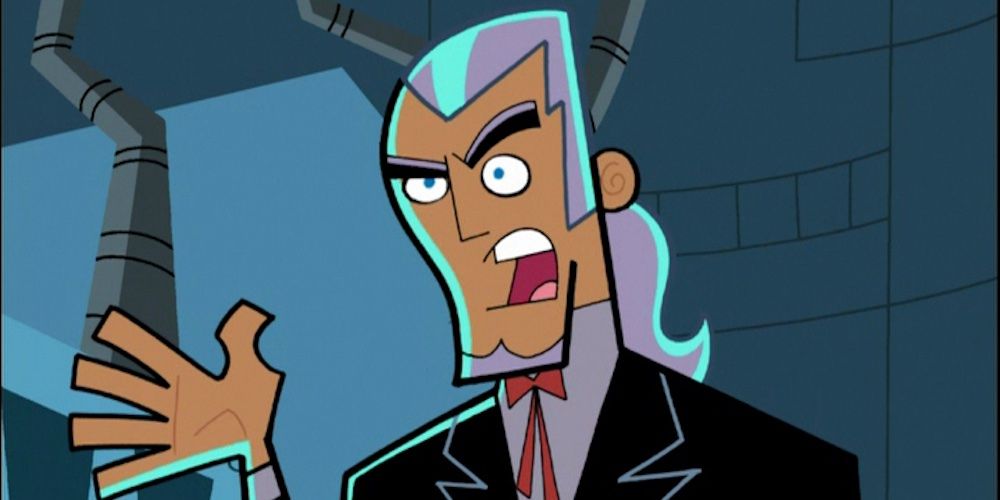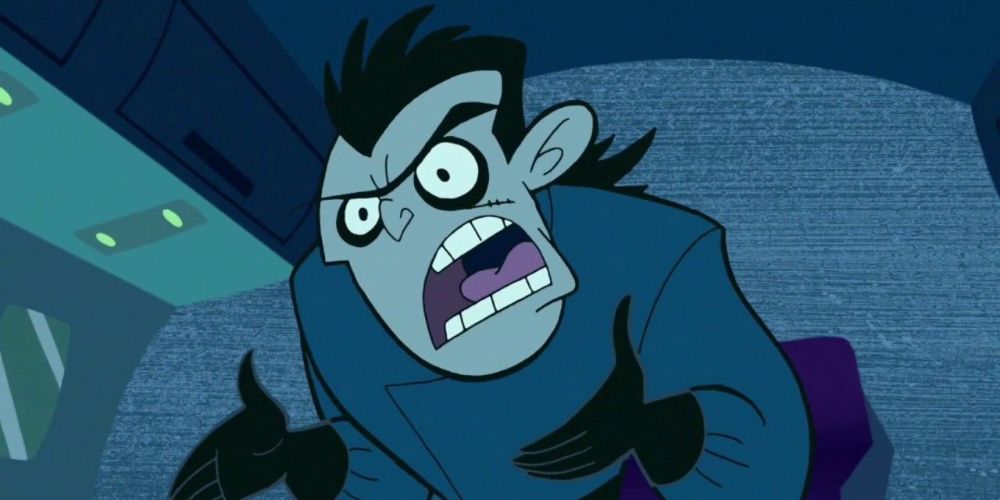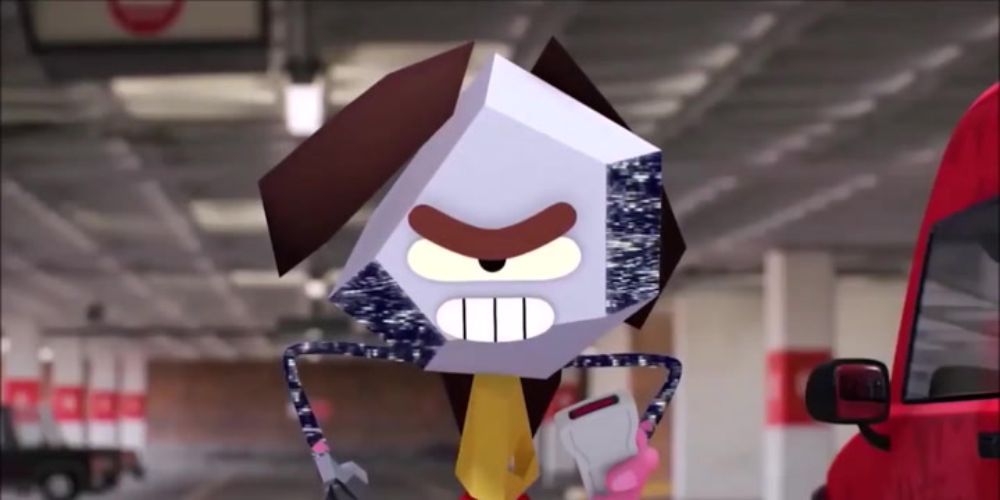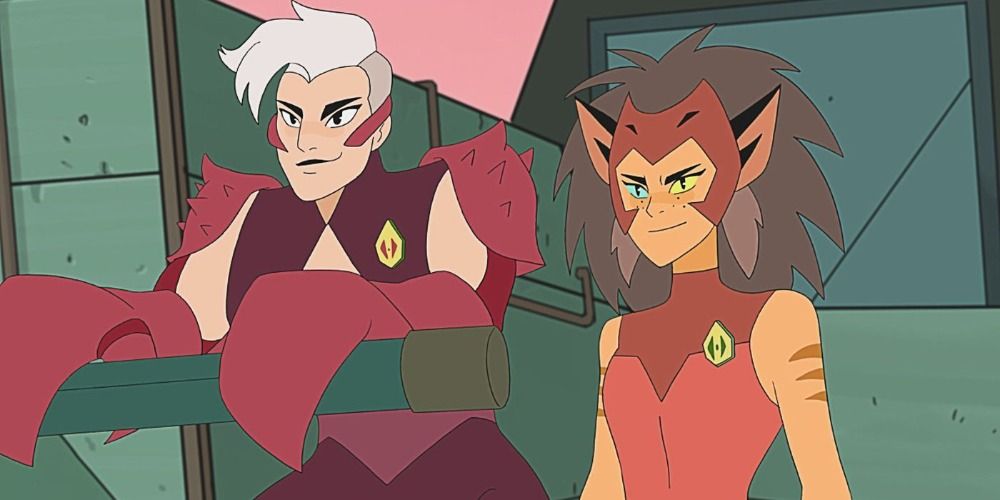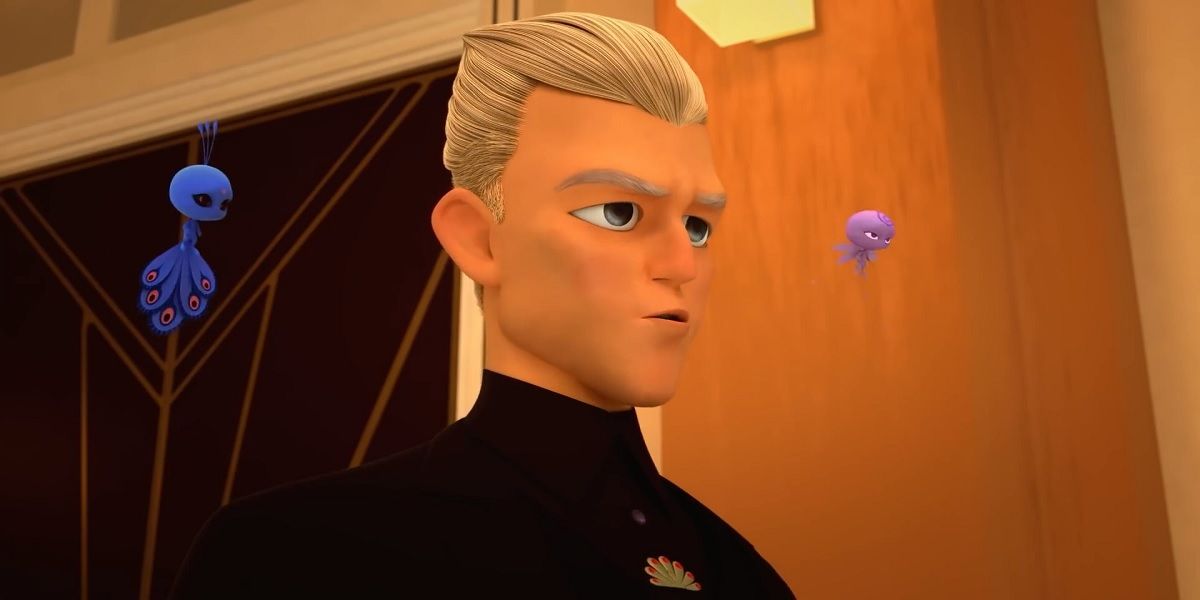With villains and heroes occupying space everywhere in modern media, it's becoming even easier to identify what makes a villain effective. However, when it comes to cartoons, villains might find themselves adhering to tropes that put a dampener on that effectiveness.
Villains have often had cartoonish qualities, animated or not, but the true downfall of them in cartoons is how they are written without a chance to win. A cartoon will jump through many hoops to ensure the hero wins, but this is not a characteristic confined to animation. Nevertheless, it's most easily seen in cartoon antagonists, who possess many jarring traits.
10 Cartoon Villains Have Tunnel Vision
In order to truly see results, one must be focused and have their eyes on the prize, but there might be such a thing as being too focused. Cartoon villains have a devoted, vigilant spirit, but this laser-eyed focus might become narrowed and lead to blind spots.
Villains such as Zim from Invader Zim or Hordak from She-Ra and the Princesses of Power both exhibit this type of tunnel vision. Due to the tunnel vision these villains have acquired, their plans fall flat within the story and they don't end up victorious.
9 A Cartoon Villain's Convoluted Plan Is Their Defining Feature
A cartoon antagonist's focus also hinders their villainy by leading them through a convoluted plan that has no chance of succeeding. Villains will frequently make elaborate schemes in order to defeat their foe, and those schemes might be more trouble than they're worth. Not only this, but the existence of overcomplicated plans doesn't stop the villain themselves from being overly-simplified characters.
For example, a cartoon villain's strategy might become their defining feature rather than their motivations. A character like Hawk Moth is best known for his ability to create other villains rather than his main goal of saving his wife in Miraculous: Tales of Ladybug and Cat Noir.
8 Stress Changes People, But Not That Drastically
Many villains, cartoon or otherwise, have their own set of morals and ideals that greatly contribute to their characterization. While a villain must have these attributes, when it comes to cartoons, their beliefs are on shakier ground.
More specifically, a character like Gideon Gleeful spent most of Gravity Falls wanting to take down the Pines family. After being saved by them, he seemed to stop caring. This is not to say that character growth is a bad thing, but cartoon villains tend to forgive the protagonist, despite no real growth taking place.
7 Redemption May Not Be Earned
A cartoon villain's penchant for forgiveness stems from most cartoons being created with children in mind, and kids' shows will often strive to have their characters make up for their mistakes. While this might work for some, like Zuko from Avatar: The Last Airbender, it only worked because Zuko put in the effort to become redeemable.
Another example of this redemption is seen in Hordak in She-Ra and the Princesses of Power. Hordak led the Horde to destroy the people and the land of Etheria, but due to his love for Entrapta, he was seen as redeemable. However, one of the worst aspects of cartoon villains is that a character can do heinous in-world things and then be forgiven with the drop of a hat.
6 Fluctuating Powers
Good guys in cartoons are always going to be a formidable foe for the villain because if they weren't, there would be no show to watch. The downside to this is that while they are equally matched at one point, the hero's vulnerability comes into question.
Toffee from Star vs the Forces of Evil was canonically invincible against light magic, which led to Moon Butterfly using a dark spell to harm him. This established a rule that it wasn't the strength of the spell that made him vulnerable, but the type of spell. However, this was altered when Star later defeats Toffee using pure light magic. When a show establishes rules of its villain, especially about power or intelligence, it's hard to ignore when those rules are broken by a villain's fluctuating capabilities.
5 Cartoons Confuse Pettiness For Villainy
People will find an inflated ego in many villains in every medium, but there is a stark difference between egotistical and entitled. Cartoon villains tend to suffer more from entitlement. While this can be written effectively, like Gideon Gleeful from Gravity Falls, some entitled villains feel more petty than evil.
This is especially true for Vlad Masters from Danny Phantom. While Vlad is supposed to be seen as evil, him being chosen as the series villain fell short because he was also made to be seen as pathetic. In short, Vlad's predisposition to entitlement snowballed into him being an even less effective bad guy than he was when he was introduced.
4 Villains Often Lack Intelligence
In comedic cartoons, one of the more common jokes is that the villain is not as intelligent as the heroes. Drakken from Kim Possible and Ludo from Star Vs the Forces of Evil are just two examples of cartoon characters who are subjected to this trope.
This humor gets old pretty quickly and ultimately makes watching the bad guy be defeated less fulfilling. Even when this is seen fewer times as the series goes on, their intelligence never changes. Instead, every single one of their successes hinges on luck.
3 They Might Work Smarter But Then They'll Just Lose Harder
For comedic reasons, a villain might inversely exhibit more brains than the good guy. This isn't so much a subversion of the unintelligent villain trope, but it highlights that seriousness in the face of ridiculousness is a non-starter. This can be seen with Rob from The Amazing World of Gumball or Plankton from SpongeBob SquarePants.
The reason this is categorized as a bad thing is that it creates a world in which genius is conflated with evil. In addition to that, it makes rooting for the villain easier. While some fans will do that anyway, the purpose of most media is for the viewer to root for the good guy.
2 Sidekicks Take The Villains' Spotlight
Side characters are always stealing the limelight from their fellow main character, but cartoon villains also fall victim to living in the shadow of another character. Shadow Weaver and Catra are more interesting than Hordak from She-Ra and the Princesses of Power.
These other villains can be great, but this makes the viewer ask why the main villain is not as captivating. Moreover, if the good guy is spending more time with the other bad guy, forming and breaking bonds with them, fans wonder what the point is in having a 'main' bad guy.
1 Cartoon Villains Lack Critical Thinking
Hawk Moth from Miraculous: Tales of Ladybug and Cat Noir has had multiple chances at succeeding. While the show relies on Ladybug's success, Hawk Moth's losses are due to him not thinking ahead. Cartoon villains will make the same plays with knowledge of their previous failures and never take time to input fail-safes in case their big plan doesn't work.
This attribute differs from ignorance. These characters will canonically have intelligence as well as the ability to consider multiple factors at once. Unfortunately, cartoon villains rarely utilize their intelligence due to the unearned insurance of the good guy's success.

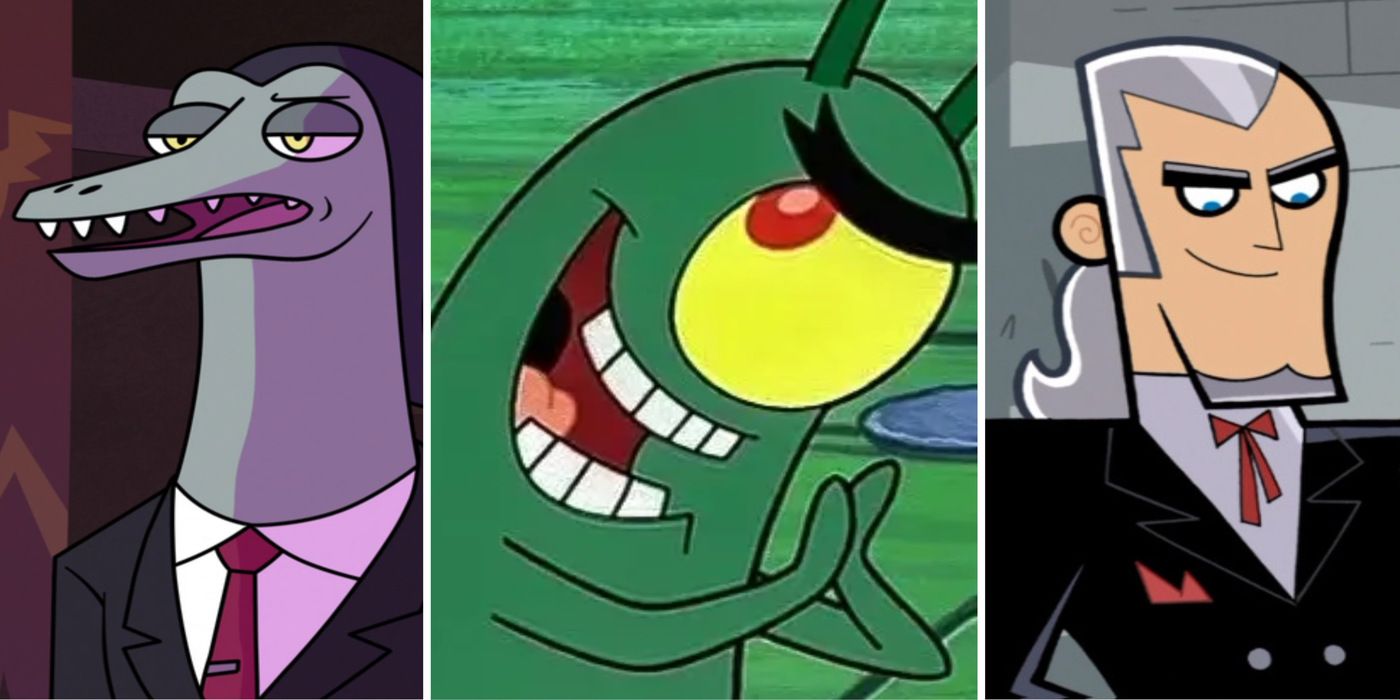
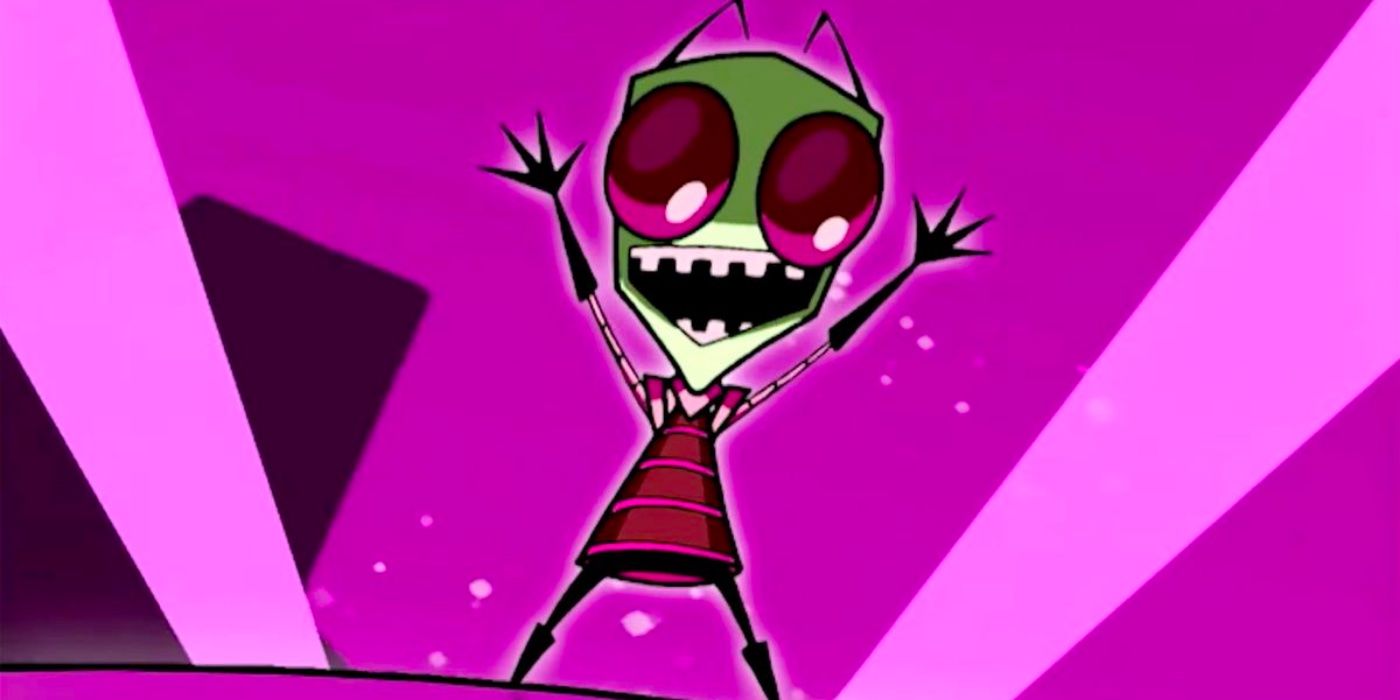
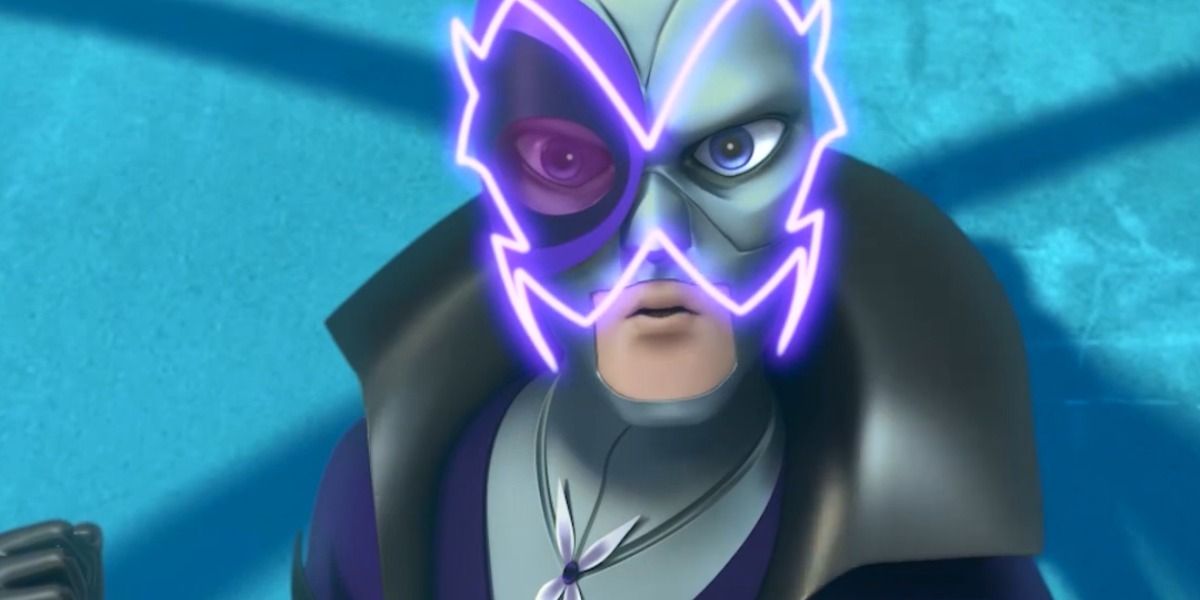
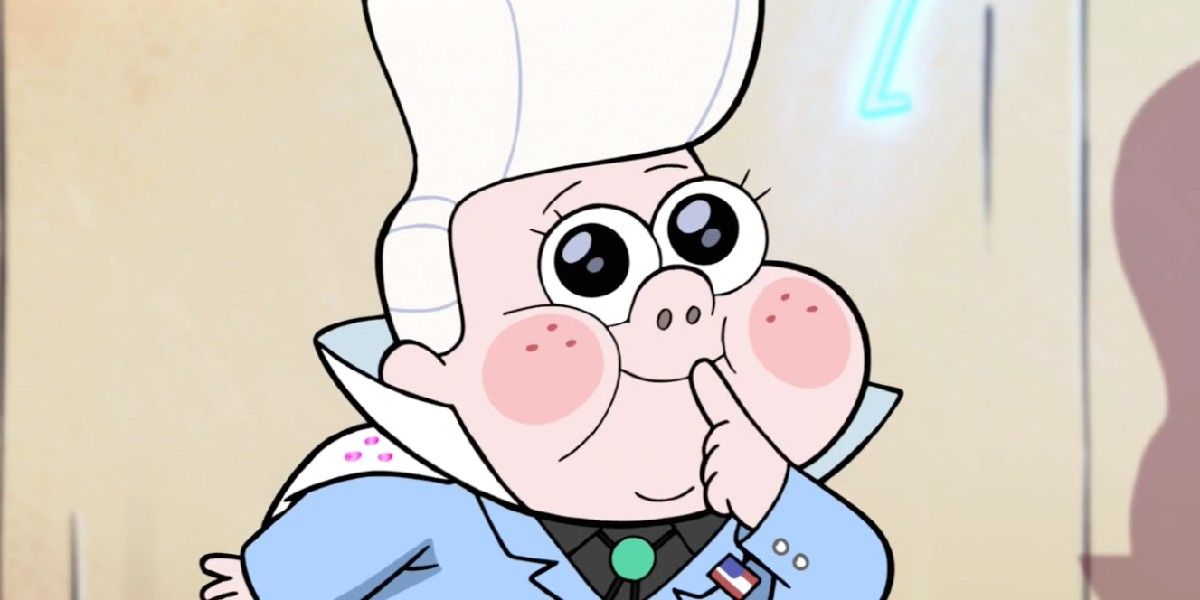
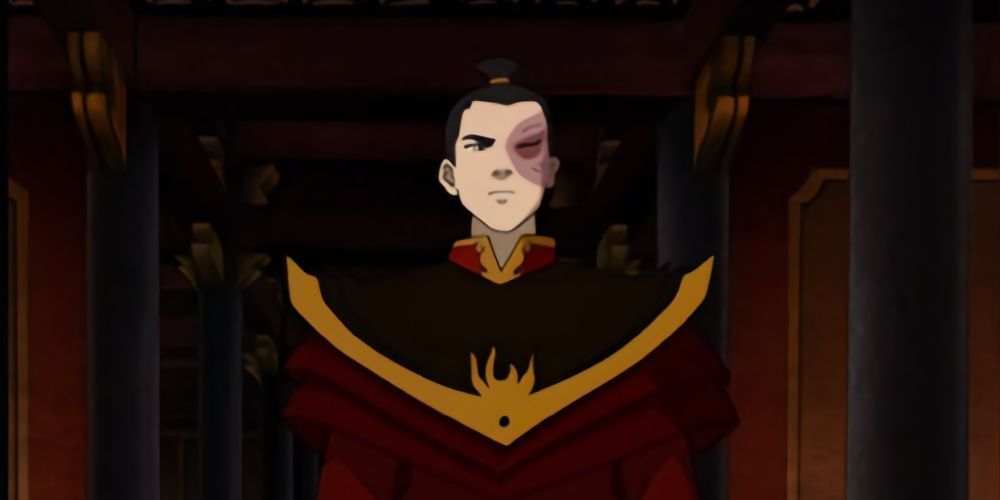
.jpg)
